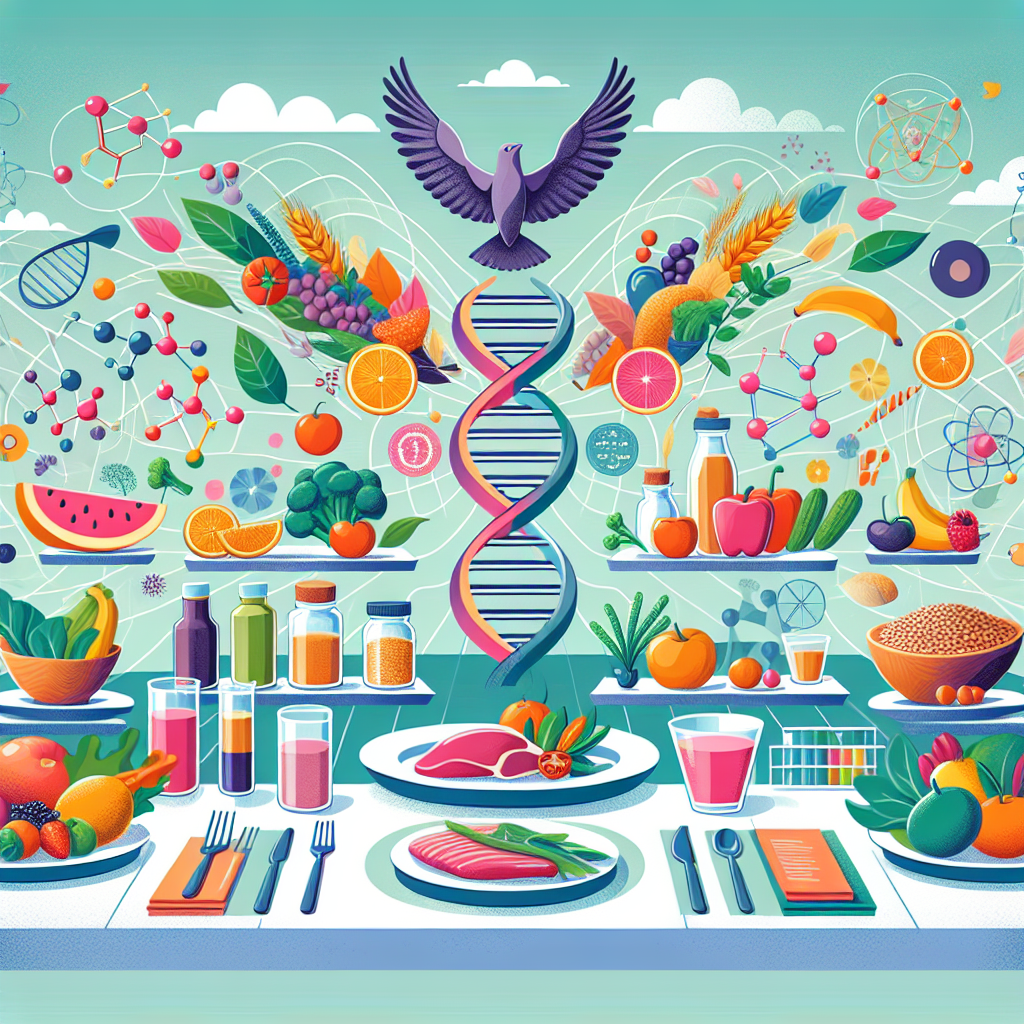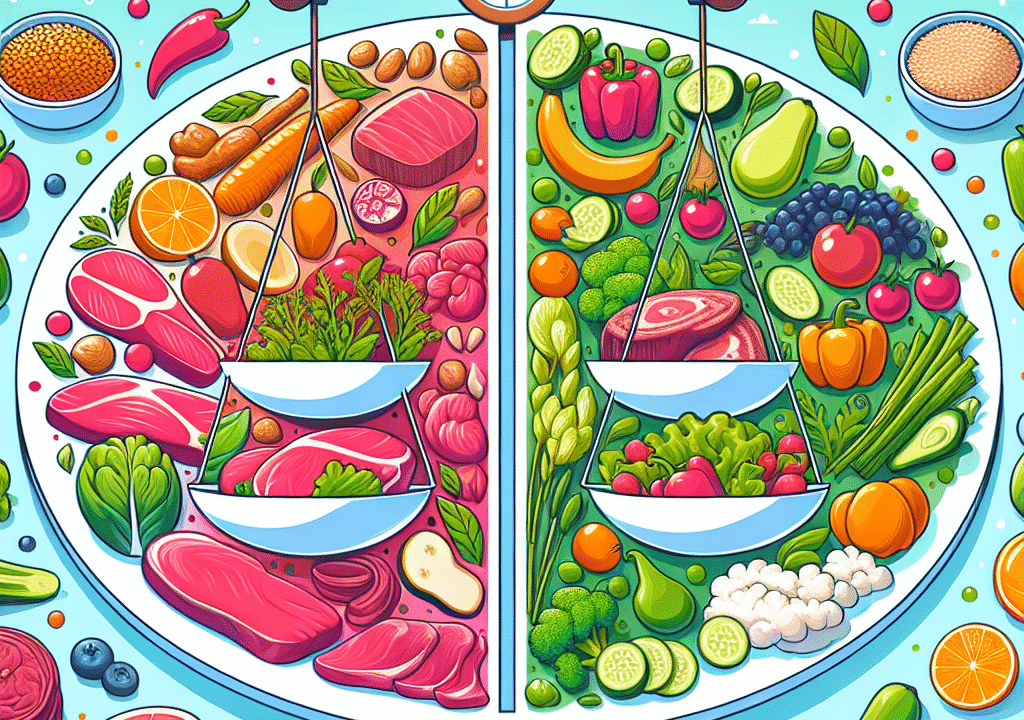
Flexitarian Freedom: The Science-Backed Way to Eat Less Meat Without Feeling Deprived
In a world where diet trends come and go, one flexible and science-supported approach is gaining traction: the flexitarian diet. A blend of vegetarian eating and occasional meat consumption, flexitarianism promotes better health, environmental sustainability, and food enjoyment—without forcing strict dietary restrictions.
This article delves into the core principles of flexitarianism, why more people are embracing this lifestyle, and how to transition effectively without sacrificing flavor or satisfaction.
What Is Flexitarianism?
Flexitarianism is a mostly plant-based lifestyle that allows for occasional consumption of meat and animal products. Ideal for individuals seeking balance over elimination, it encourages eating more whole, nutrient-dense plant foods while cutting back on meat—without completely removing it.
Coined by registered dietitian Dawn Jackson Blatner, the term “flexitarian” supports a plant-forward approach to nourishment. A typical flexitarian day might start with oatmeal topped with chia seeds for breakfast, include a lentil salad for lunch, and finish with grilled chicken and roasted vegetables for dinner.
This flexible eating pattern allows you to gradually shift toward healthier, more sustainable habits while maintaining culinary freedom.
Why the Flexitarian Diet Is Gaining Popularity
The flexitarian approach resonates with people for its simplicity, sustainability, and proven health benefits. It appeals to health-conscious eaters, environmentally aware consumers, and anyone seeking a practical long-term strategy to improve their eating habits.
Health Benefits That Make a Difference
Scientific research overwhelmingly shows that reducing meat consumption leads to significant health improvements. A 2019 study in The Lancet found that diets based on plant foods and low in processed meats are closely linked to longer lifespans and lower risks of:
– Heart disease
– Type 2 diabetes
– Obesity
– Certain cancers
Dr. Dariush Mozaffarian, a cardiologist and nutrition expert from Tufts University, states, “Shifting toward a plant-forward diet isn’t about what you’re losing—it’s about what you’re gaining.”
By embracing a flexitarian lifestyle, you’re increasing your intake of key nutrients—including fiber, magnesium, and antioxidants—that are typically lacking in Western diets.
Protecting the Planet, One Plate at a Time
Flexitarianism doesn’t just support personal health—it’s also one of the most effective changes individuals can make to help the planet.
The Food and Agriculture Organization of the United Nations reports that livestock production is responsible for roughly 14.5% of global greenhouse gas emissions—more than the emissions from the entire transportation sector combined.
If the average American cut their meat intake by 50%, food-related greenhouse gas emissions could be reduced by up to 35%, according to a 2022 study published in Nature Food.
Choosing a flexitarian lifestyle is a sustainable step that makes a measurable difference for the environment.
Designed to Be Balanced, Realistic, and Sustainable
What sets the flexitarian diet apart from other eating plans is its adaptability. It’s designed to fit your lifestyle rather than disrupt it. You don’t have to give up social dining, special events, or your favorite meals. Instead, flexitarianism works by gradually shifting your daily choices in a more plant-forward direction.
That’s why the sustainable flexitarian approach is easier to follow in the long term. You’re not ruled by rigid rules—instead, you’re guided by mindful eating choices.
How to Start a Flexitarian Lifestyle: Simple and Science-Supported
Thinking of making the switch? You don’t need to clean out your fridge overnight. These strategies make transitioning to flexitarian living enjoyable, achievable, and beneficial.
Try Meatless Mondays
This easy gateway into flexitarian eating began as a World War I health initiative and remains powerful today. A 2019 study in Nutrients found that having just one meat-free day per week can support cardiovascular health and reduce environmental impact.
Start with simple yet satisfying meals like lentil tacos with avocado salsa or chickpea curry with brown rice.
Focus on Additions, Not Restrictions
Rather than dwell on what you’re cutting out, focus on the nutritious foods you’re incorporating:
– Vibrant vegetables such as spinach, carrots, and bell peppers
– Wholesome grains like bulgur, quinoa, and brown rice
– Plant-based proteins including lentils, beans, tofu, and tempeh
– Healthy fats like nuts, seeds, and extra virgin olive oil
Nutritionist Maya Feller, RD, recommends building meals that center around a wide array of colorful, produce-rich ingredients so your plate feels fulfilling—not limited.
Make Smart Ingredient Swaps
Maintaining the familiar flavors and textures you love can make the transition easier. Try these simple flexitarian substitutions:
– Use lentils and walnuts instead of ground beef in tacos
– Swap beef patties for grilled portobello mushrooms
– Replace traditional chili with a hearty three-bean version
Instead of eliminating meat entirely, adapt traditional recipes using plant-based ingredients and your favorite seasonings.
Skip the Labels
There’s no need to define yourself as vegetarian, vegan, or omnivore. The flexitarian approach recognizes that progress matters more than perfection.
Whether you choose meat once a week or a few times a week, your efforts still contribute to long-term benefits for both health and sustainability.
Choose Quality Over Quantity
When you do eat meat, be intentional about the source and type. Choose options like:
– Grass-fed beef
– Organic or pasture-raised poultry
– Sustainably sourced seafood
Replacing frequent processed meats with occasional high-quality animal products leads to better health and deeper appreciation for what you eat.
Example: Instead of daily cold cuts, consider savoring a Sunday roast prepared with ethically raised meat.
For more insight on how diet affects men’s wellness, explore edrugstore.com’s article on Making the Connection Between Diet and Erectile Function.
The Real Meaning of Flexitarian Freedom
Think of flexitarianism less as a diet and more as a flexible framework that fosters a healthier relationship with food. It’s about enriching your meals with plant-based goodness—without sacrificing taste or satisfaction.
Discover new global cuisines and flavor profiles—try dishes like Mediterranean farro bowls or Thai-inspired tofu stir fry. Whether you’re preparing a spicy black bean burger or enjoying an occasional steak, you’re making mindful decisions that support your well-being and the planet.
The American Heart Association puts it simply: “Even small shifts toward plant-based foods can lead to major improvements in well-being and longevity.”
Embrace the Flexitarian Lifestyle—One Meal at a Time
You don’t have to make all the changes at once. Begin by incorporating one or two new plant-based meals per week. Invest in simple pantry staples, experiment with recipes, and gradually reduce your reliance on animal protein.
As your cooking confidence grows, so will your enjoyment, and your health will thank you for it.
Want expert guidance as you get started? Subscribe to our Flexitarian Meal Plan Series to receive easy, flavorful recipes delivered weekly—so you can discover how delicious eating less meat can truly be.
References
– The Lancet. 2019. Food in the Anthropocene: The EAT–Lancet Commission on Healthy Diets from Sustainable Food Systems.
– Nutrients. 2019. Meatless Monday Campaign Associated with Reduced Meat Consumption: A 5-Year Evaluation.
– Food and Agriculture Organization of the United Nations (FAO). 2021. Livestock’s Long Shadow Report.
– Nature Food. 2022. Dietary Change Scenarios and Their Effect on Greenhouse Gas Emissions.
For more research-based lifestyle and diet tips, visit edrugstore.com.


